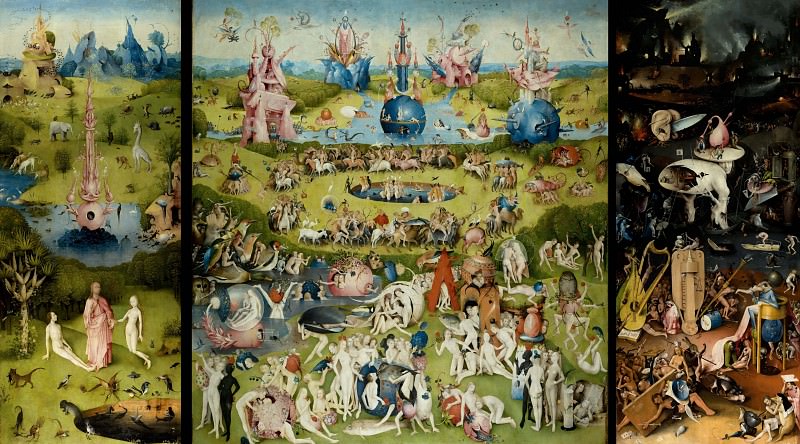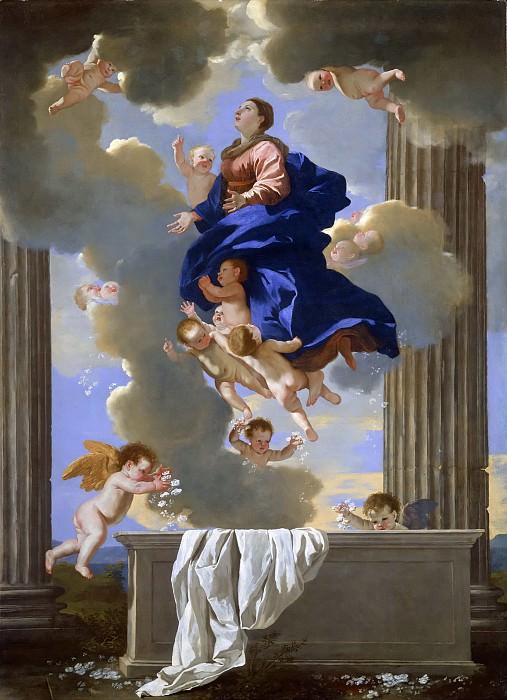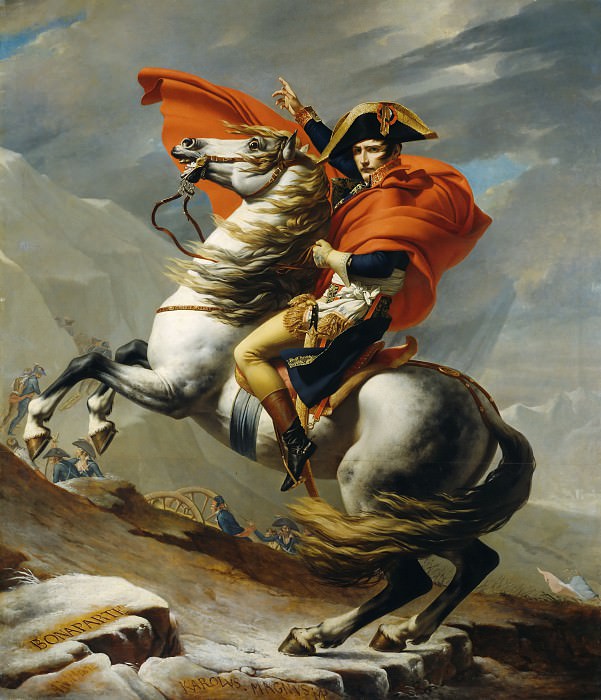Jean-Michel Basquiat: The Art of a Visionary
Introduction
Jean-Michel Basquiat emerged as a unique and influential artist in the late 20th century, whose work transcends the boundaries of conventional art forms. Born in Brooklyn, New York, on December 22, 1960, Basquiat was a prodigious talent whose meteoric rise and untimely death at the age of 27 only added to the mythos surrounding his life and work. His art, deeply embedded in the fabric of New York's vibrant cultural scene of the 1980s, continues to resonate and inspire.
Early Life and Influences
Basquiat's diverse cultural heritage, with a Haitian father and Puerto Rican mother, played a significant role in shaping his artistic perspective. This multicultural background, combined with the eclectic environment of Brooklyn, exposed him to a variety of artistic and cultural influences from an early age. Basquiat was an avid learner, absorbing knowledge from the streets, museums, and his mother's encouragement towards art and literature. His early exposure to artists like Picasso and the Surrealists sparked his interest in creating something uniquely his own.
The SAMO Era
Before becoming known as Jean-Michel Basquiat, he made a name for himself through the graffiti duo SAMO (Same Old Shit), along with his friend Al Diaz. Their cryptic and provocative graffiti messages became a fixture in Lower Manhattan, catching the attention of the art world and the public alike. SAMO's work was characterized by its raw commentary on social and political issues, a theme that would permeate Basquiat's later work.
Breakthrough and Artistic Style
Basquiat's transition from street artist to gallery sensation was marked by his distinctive style, which defied traditional artistic boundaries. His work was a fusion of text and image, abstraction and figuration, with a raw, unpolished aesthetic that captured the chaotic energy of urban life. Basquiat's paintings often featured fragmented human figures, skeletal forms, and a cacophony of symbols and words that reflected his thoughts on race, identity, and societal issues.
One of his most notable pieces, "Untitled" (1981), encapsulates his approach. The painting, with its visceral energy and complex layering of imagery and text, showcases Basquiat's ability to convey deep emotional and intellectual narratives through his art. His use of bold colors, frenetic brushstrokes, and incorporation of words and symbols created a visual language that was entirely his own.
Themes and Motifs
Basquiat's work is rich with recurring themes and motifs that reflect his personal experiences and broader social commentary. Central to his oeuvre is the exploration of black identity and the African-American experience. He often depicted black historical figures, such as jazz musicians and athletes, as a way to celebrate black culture and challenge its marginalization in mainstream society. His famous painting "Defacement (The Death of Michael Stewart)" (1983) is a poignant commentary on police brutality and racial injustice, themes that remain relevant today.
Another recurring motif in Basquiat's work is the crown, a symbol of his desire to elevate black figures to a status of royalty and reverence. The crown appears in many of his paintings, adorning the heads of his subjects or floating above them, signifying their importance and the respect they command.
Collaboration with Andy Warhol
One of the most significant and controversial chapters in Basquiat's career was his collaboration with pop art icon Andy Warhol. Their partnership, which began in the early 1980s, produced a series of collaborative works that merged Warhol's polished, commercial style with Basquiat's raw, expressive approach. The collaboration was met with mixed reviews, with some critics dismissing it as a commercial gimmick, while others recognized the innovative fusion of two distinct artistic visions.
Despite the criticism, the partnership had a profound impact on Basquiat's career. It provided him with unprecedented exposure and access to the upper echelons of the art world. However, it also brought with it a degree of scrutiny and pressure that contributed to the challenges he faced later in his life.
Legacy and Impact
Jean-Michel Basquiat's influence on contemporary art is undeniable. His work challenged and redefined the boundaries of what art could be, merging high and low culture, and addressing complex social and political issues with an unflinching honesty. Basquiat's ability to convey profound messages through his art has inspired countless artists and continues to resonate with audiences around the world.
Basquiat's art is celebrated for its raw emotional power and intellectual depth. His unique visual language, characterized by its frenetic energy and complex layering of imagery and text, has left an indelible mark on the art world. His paintings are not just works of art; they are powerful statements on identity, culture, and the human experience.
The Market for Basquiat's Work
The market for Basquiat's work has skyrocketed since his death, reflecting his enduring legacy and the high demand for his art. His paintings have fetched record prices at auctions, with pieces like "Untitled" (1982) selling for over $110 million. This surge in value speaks to the growing recognition of Basquiat's genius and the importance of his work in the canon of contemporary art.
Collectors and museums around the world vie for the chance to own a piece of Basquiat's legacy. His work is featured in major museums and galleries, from the Museum of Modern Art in New York to the Fondation Louis Vuitton in Paris. The widespread appreciation for Basquiat's art underscores its universal appeal and the profound impact it has had on the art world.
Basquiat in Popular Culture
Jean-Michel Basquiat's influence extends beyond the art world into popular culture. His life and work have been the subject of numerous documentaries, films, and books. The 1996 film "Basquiat," directed by Julian Schnabel and starring Jeffrey Wright, brought his story to a wider audience, highlighting the struggles and triumphs of his brief but impactful career.
Basquiat's iconic image, with his distinctive dreadlocks and intense gaze, has become a symbol of artistic genius and cultural rebellion. His story continues to inspire musicians, fashion designers, and filmmakers, cementing his status as a cultural icon.
Conclusion
Jean-Michel Basquiat's art is a testament to the power of creativity and the ability of art to transcend boundaries. His work, deeply rooted in his personal experiences and broader social commentary, continues to resonate with audiences around the world. Basquiat's unique visual language, characterized by its frenetic energy and complex layering of imagery and text, has left an indelible mark on the art world.
As we continue to celebrate Basquiat's legacy, it is important to recognize the profound impact he has had on contemporary art and culture. His work challenges us to confront difficult truths and to see the world through a different lens. Jean-Michel Basquiat was more than just an artist; he was a visionary whose art continues to inspire and provoke long after his untimely death.




